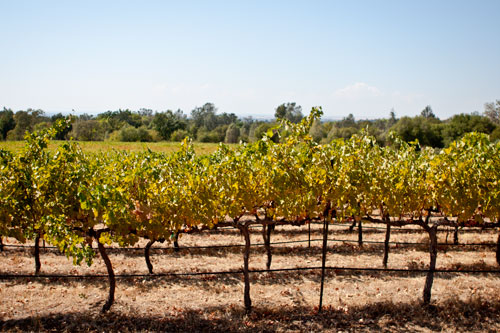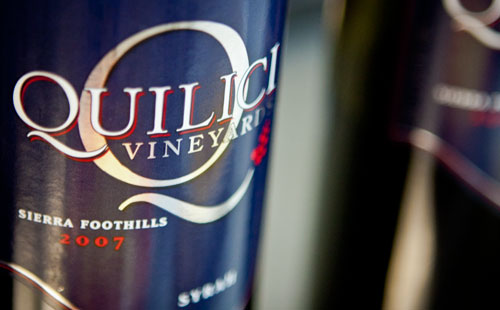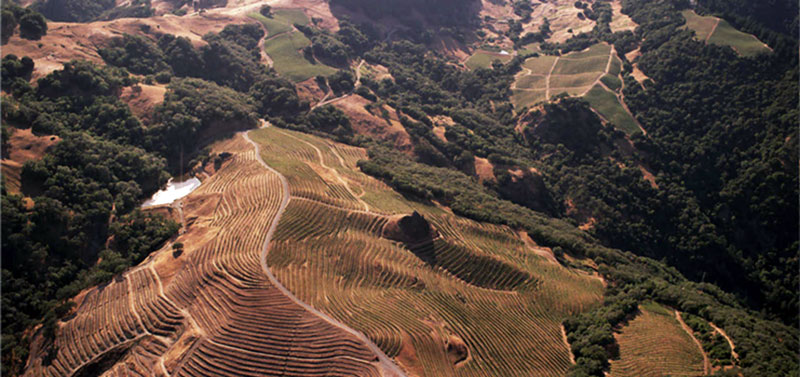
The initial call to Long Creek Winery went along the lines of:
“Hi, any chance we could come over for a tasting?”
“We only do ’em on Saturday.”
“Okay, but I’m only in town today and wanted to write about the winery…”
“Only on Saturday.”
<click>
The call to Quilici Vineyards was a little more fruitful:
“Hi there, are you open for tastings today?”
“Yeah. What you got?”
Oroville, CA being my hometown, I’m used to the “folksy” approach of people in the Central Valley. Still, I have to admit that the Long Creek interaction was a bit surprising given that in this town, there are only three wineries in total and chances are, anyone reading this will not have heard of them unless they live there. While the area (about 150km north of Sacramento) had a large Italian population some time ago, it has not been well known as a wine producing area. Even still, it is part of the rather massive Sierra Foothills AVA although at some point, they want to branch off and form a smaller one.
All that background aside, we headed up to Quilici to taste what they’re making. They produce about 12,000 bottles a year from 5,000 vines and only single varietal vintages of each of the grapes they grow, which are currently: Cabernet Sauvignon, Zinfandel, Sangiovese, Barbera, and Syrah. All the wines receive the same aging regimen of two years in American and used French oak barrels and they’re unfiltered.
Overall, everything was surprisingly good. Most of the winemakers in Oroville (there is a third one called Grey Fox Vineyards) are semi-professional. None of them come from an extensive background of winemaking, but even still, they’re producing wines that are not only just “drinkable” but actually “enjoyable”.

Out of the wines that Gary (at Quilici) is making, our favorites were probably the Zinfandel and the Syrah. Both filled out their bodies well and were all-around pleasant to drink. These aren’t terribly low alcohol wines though with the Zin at a bit over 15% and the Syrah at a whopping 16.3%. This is rather typical of grapes in this region though as the summers are intensely hot (usually between 33-40C from June through August) and so you end up with high sugar grapes.
The main problem we found with the wines comes about in the aging regimen. As they all receive the same dose of oak and are from the same field, they all have very similar noses and taste characteristics. They’re pleasing aromas, but they don’t allow the grapes to come out as much as I’d like and on some levels, I’d be interested to see what a batch of the grapes would taste like from solely stainless aging.
All of this said, they’re interesting wines that have the peculiarity of reaching their peak after 12 hours of decanting across the board. So, just keep all of this in mind if you find yourself face to face with an Oroville wine at some point and remember that it may actually be rather good despite the obscurity.
